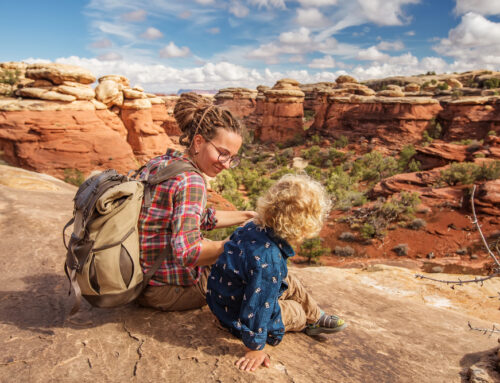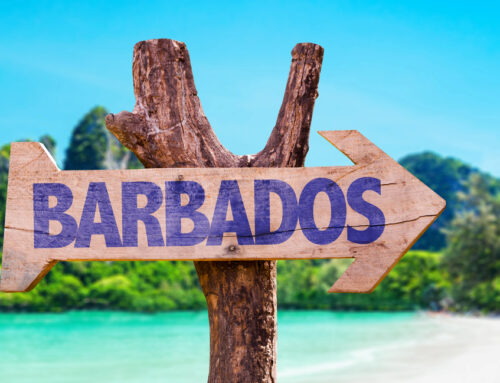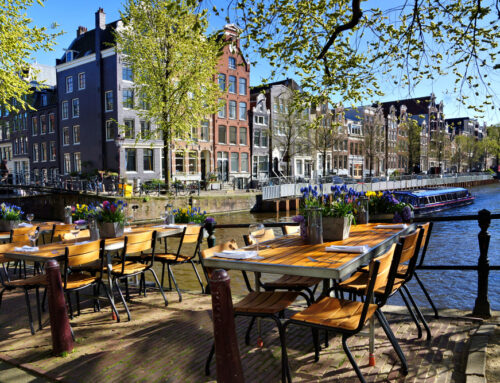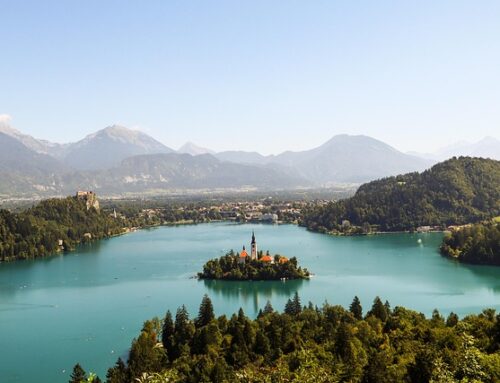Panama Travel Tips – 10 Fascinating Things Travelers Should Know About Panama
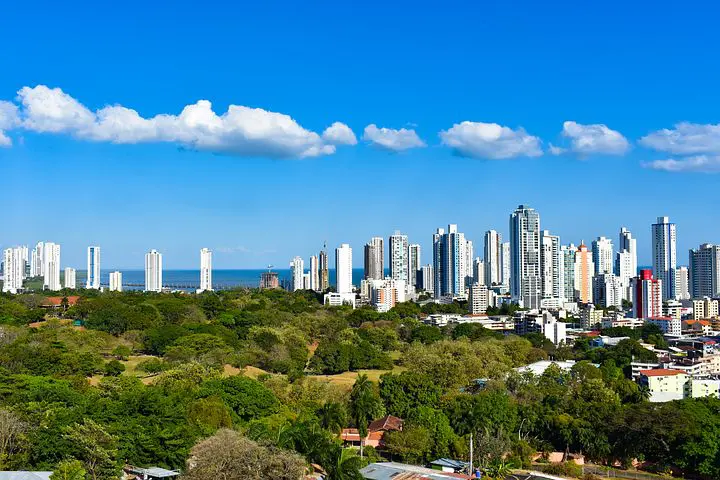
Panama Travel Tips – 10 Things You Didn’t Know About Panama
I have been living in Panama for two years now, but frankly, before I arrived, I knew very little about this beautiful and diverse land. It is located between Costa Rica and Colombia, the last one of the Central-American countries going South. Panama has a population of around 4,3 million in 75,517 square kilometers. The total of the Pacific and Caribbean coastline is 2,857 kms. A tropical country with 2 seasons, rainy from May to November and dry from December-April. Let’s see 10 interesting facts I’ve learned about Panama that many people don’t realize.
#1 Two Oceans
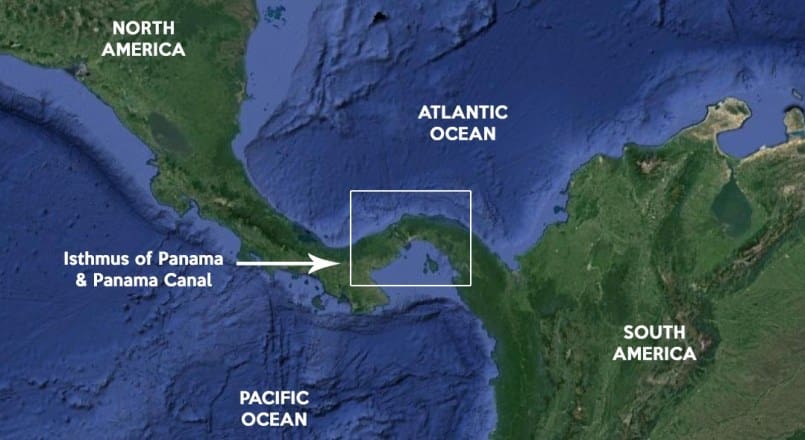
In Panama it is possible to see the sunrise from the Pacific Ocean and the sunset to the Atlantic. The isthmus is narrow (narrowest point 48 kilometers, the widest is 185). Also, from the top of Volcan Barú (the highest point of the country at 3474meters) both oceans are visible if the weather permits it. If someone wants to, they can cross the country to enjoy both sides in one day.
#2 Panama has an inhabited volcanic crater
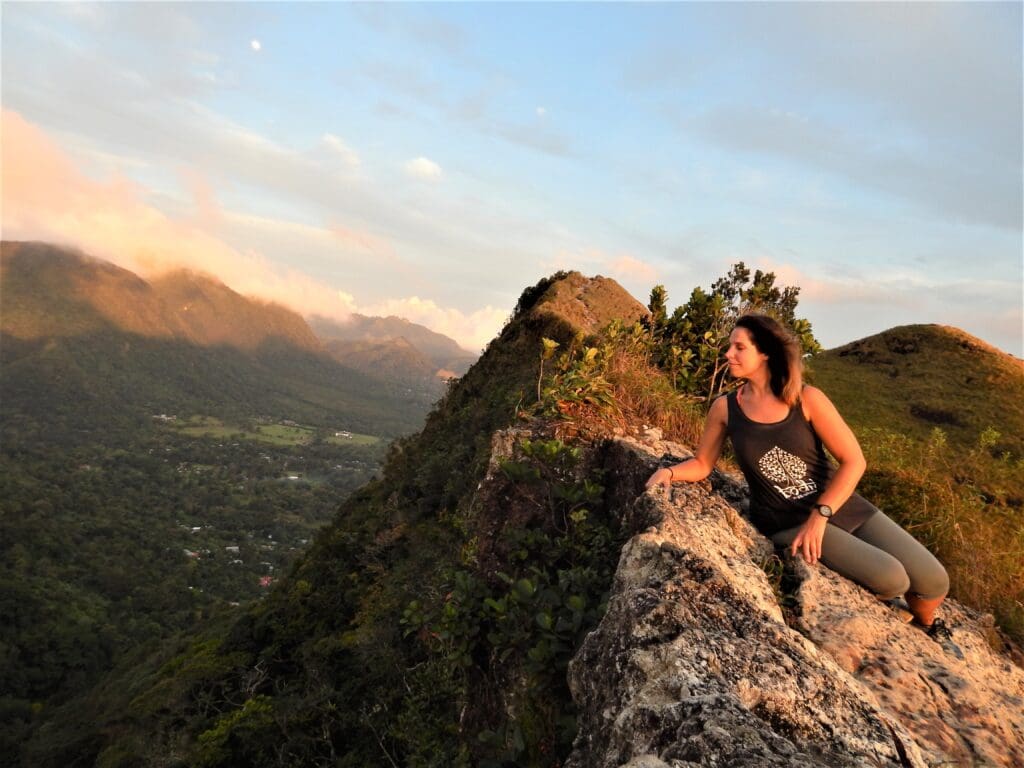
Panama has the second largest inhabited volcanic crater in the world, giving home to El Valle de Anton, a charming little town in the provincia Coclé. This place is very special (and not just because I live here), it has its own microclimate thanks to the 1185 meter Cerro Gaital. As the wind hits the peak, it creates a constant condensation, therefore the weather is fresh, the temperature stays around 25 degrees all year around; they call it a land of the eternal spring. Thanks to its geographic layout, the area has spectacular flora and fauna, not to mention the breath-taking views, and various opportunities for walks and hikes.
#3 Independence month
Panama has an entire month of celebrating its independence, they call November ‘mes de patria’ for this reason.
There are 5 days, marking the independence from Spain and Colombia, all celebrated in this month.
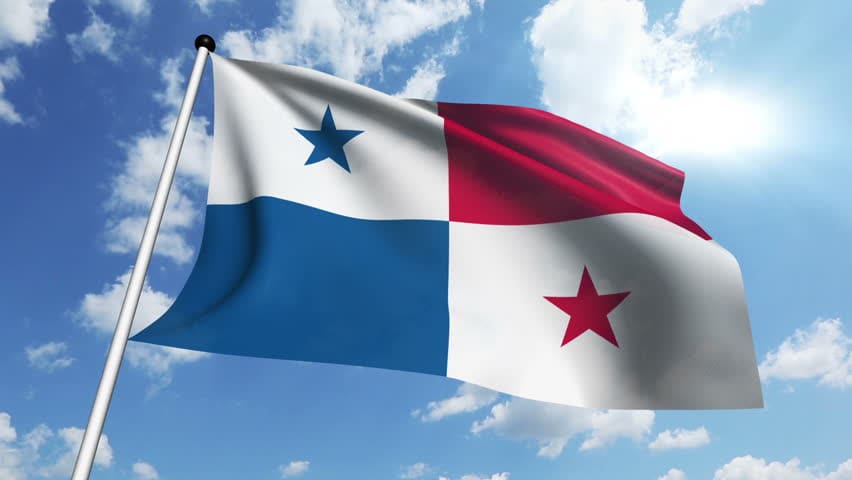
3rd of November: Separation from Colombia. Between1821-1903, Panama was part of Gran Colombia (consisted of Colombia, Panama, Venezuela, and Ecuador), and in a tricky political situation, Panama became a sovereign Republic with the support of USA. The USA gained control over building and operating the Canal until the 31st December 1999.
4th November: The day of the flag. The Panamanian flag has three colours, the blue for the Conservatives, red for the Liberals and white for peace and purity.
5th November Colón Day: on this day, Panama is celebrating the events of 1903, when the citizens of Colón averted a march on Panama City by the Colombian army.
10th November: 1821, Primer Grito de la Independencia (‘first cry of the independence’) on this day the people of Los Santos sent a letter to Simon Bolívar. The villagers asked for revolutionary help in the separation from Spain.
28th November: Panama is celebrating their independence from Spain, 18 days after the Primer Grito, Panama was free from the Spanish control and joined Gran Colombia.
#4 Oldest working railway
Panama has the oldest continuously working railroad between Panama city and Colón, established in 1855. It is a 47 mile long journey to the Atlantic, goes along the Canal, rainforest and even crosses Lake Gatun in about an hour. The ride definitely worth the 25 dollar ticket.
#5 Flora and fauna

Panama has amazing wildlife, the country has more bird species than the USA, simply looking out of my window sometimes feel like watching a National Geographic movie. It is possible to have breakfast surrounded by hummingbirds, toucans are regular visitors in the area, not to mention all the others in various sizes and colours. The national bird of Panama is the harpy eagle, inhabitant of provincial Darien, probably one of the most peculiar-looking birds on earth. Besides birds, Panama is home of monkeys, sloths, anteaters, big cats like jaguars and other fascinating animals. The freshwaters and seas are rich in fish species and amphibians inhabit the lands. The near-extinct golden frog can only be found here, in El Valle, where a small group of biologists and dedicated people are working towards saving these beautiful animals, currently only found in captivation. In addition to the fauna, the flora of Panama counts over 10000 species of tropical flowers, climbers, ferns, heliconia living in the rainforests, the country has around 1200 orchid species, and mangrove enriches the coastal vegetation.
#6 The real Panama hat
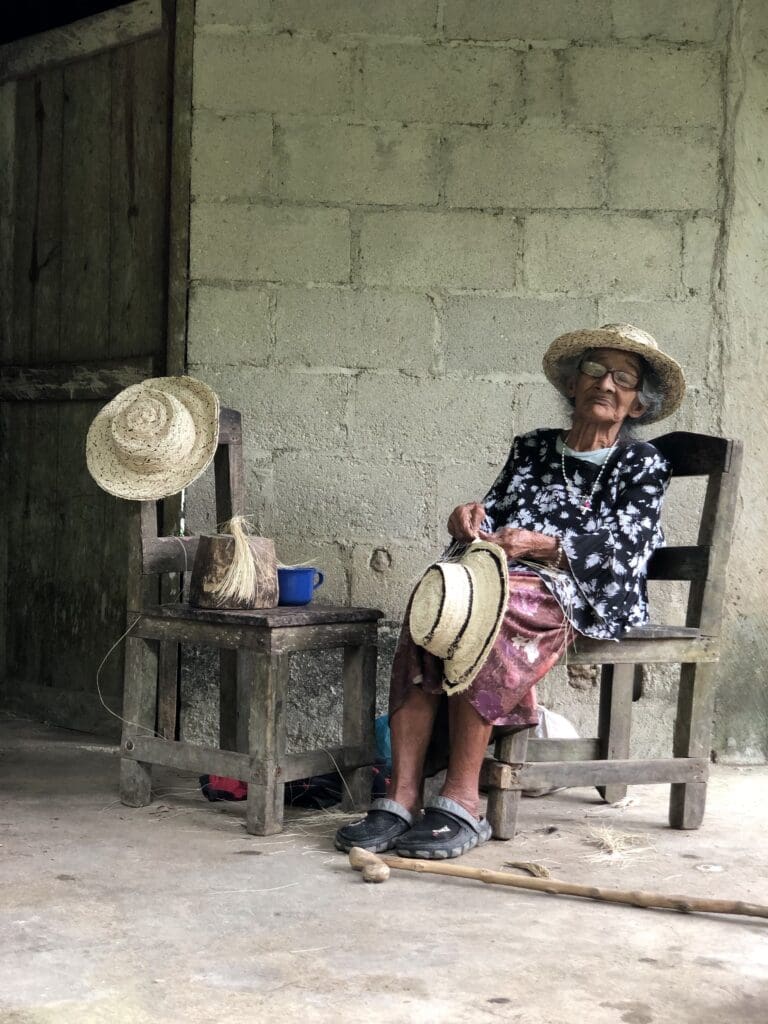
What most people know as Panama hat is actually made in Ecuador from toquilla straw. Theodore Roosevelt wore one when he was overseeing the works at the Panama Canal, hence the name. The traditional hat Panamanians wear is the sombrero pintado, handmade from natural dyes and materials using local plants. There’re various types of hats for work and to dress, they make them from different plants. The more sturdy ones are weaved from junco and the more formal ones from C. palmata, and they use the leaves of the chica plant to make a dye. The price of the hat depends on the number of braids ‘vueltas’. A sombrero pintado, with 7 vueltas, is around 25-35 dollars, while a formal hat from whiter fibers and over 20 vueltas can cost up to 500 dollars.
#7 Waterfall chasing
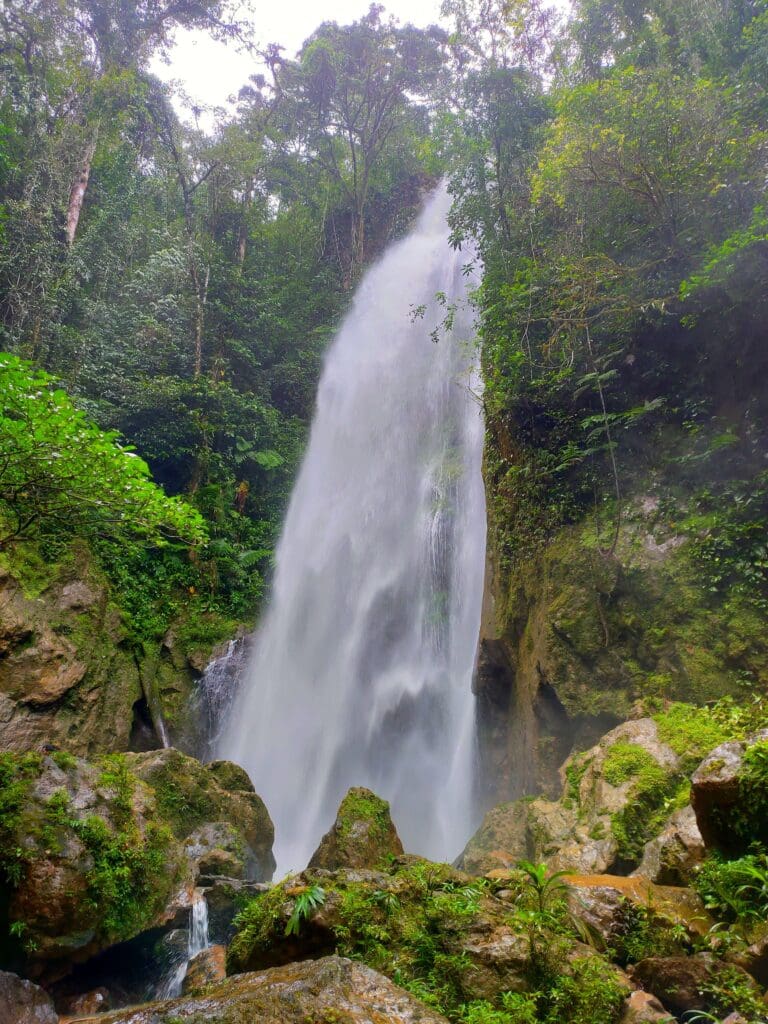
Panama has a huge number of waterfalls, provinces Veraguas, Coclé and Chiriquí are exceptionally rich in them. Many of them undiscovered or only known by a few people living nearby. The tallest waterfall is Qui Qui (Kiki) in the comarca (reservoir) Ngäbe-Buglé in Chiriquí Province, cascading down approx. 150 meters. But every single one of them I saw are beautiful in its own way. Most waterfalls have crystal clear water, some of them have the option of swimming or cliff jumping. Don’t miss them out if you visit the country, they make a perfect day trip.
#8 Rainforest in the city
In Panama City there’s a rainforest within city limits, that makes the capital unique in the world. Parque Natural Metropolitano is a 265-hectare forest with rich flora and fauna, birds, sloths, monkeys and more. Visitors can enjoy the Los Caobos lookout point 140 meters above sea level and Cerro Cedro lookout point, with its 150 meters the second highest point in Panama City. The Smithsonian Tropical Research Institute has a canopy crane, open to visitors, a unique experience for nature lovers and birdwatchers, to enjoy wildlife from 35 meters high.
#9 The Panamanian pollera
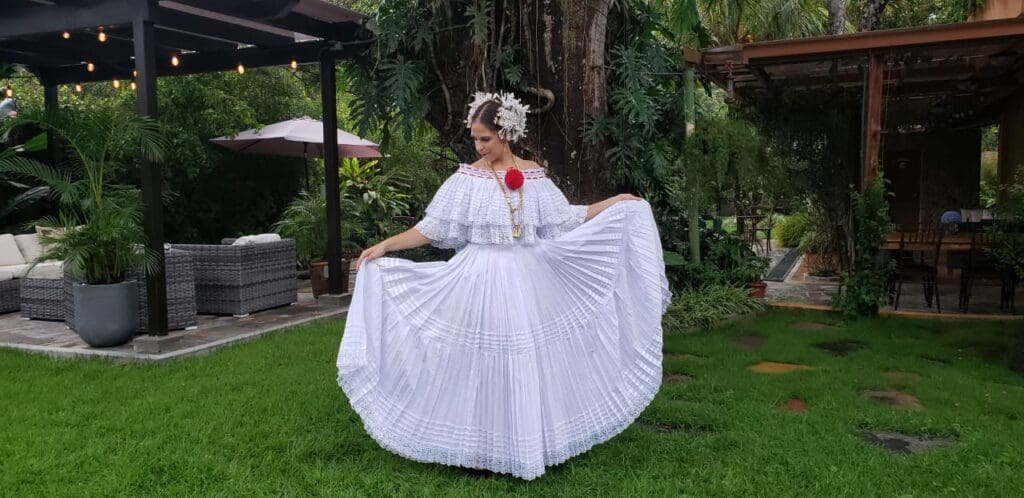
They voted the Panamanian national clothing for women as one of the most beautiful in the world. It is normally white, comprise a blouse, skirt and petticoat made of fine cotton or wool, decorated with embroidery or painted floral design. Besides the clothes, the pollera is not complete without headpieces (tembleques), made from pearls, crystal beads and often form flowers or other elements of nature. In addition to the headpiece, jewellery adds to the glow of the pollera, golden necklaces and earrings worn traditionally as an addition. The shoes often match the colour of the decoration. An artisanal pollera can take up to 2 years to make and can be quite costly too. Not all women in Panama had the chance to wear one of these beauties. The traditional blouse, petticoat, skirt and headpiece can cost as much as 20-25 thousand dollars, but even the cheaper ones are masterpieces of handcrafted garments and jewellery. I felt honoured when my local friends organised a photoshoot for me {see photo above).
#10 The emergence of the isthmus of Panama changed the word.
When 2.8 million years ago the isthmus emerged from the ocean, scientists believe this geographical event to be one of the most important in the past 60 million years. The isthmus separated the Pacific from the Atlantic Ocean, causing the Gulf Stream, this warmed the climate of the north-western part of Europe, affected rainfalls, influenced circulation patterns in the ocean and the atmosphere.
Panama is definitely a country worth a visit when the current events pass, for a beach vacation or an exhilarating nature experience it is the country to be.
*****************************
About The Author: Liz Szalai is a traveller, expat , she currently lives in El Valle de Anton, Panama. She writes for immigrationnews.co.uk. This is a media platform that helps to raise awareness about migrant injustices and news around the world and helps people to get immigration advice.


